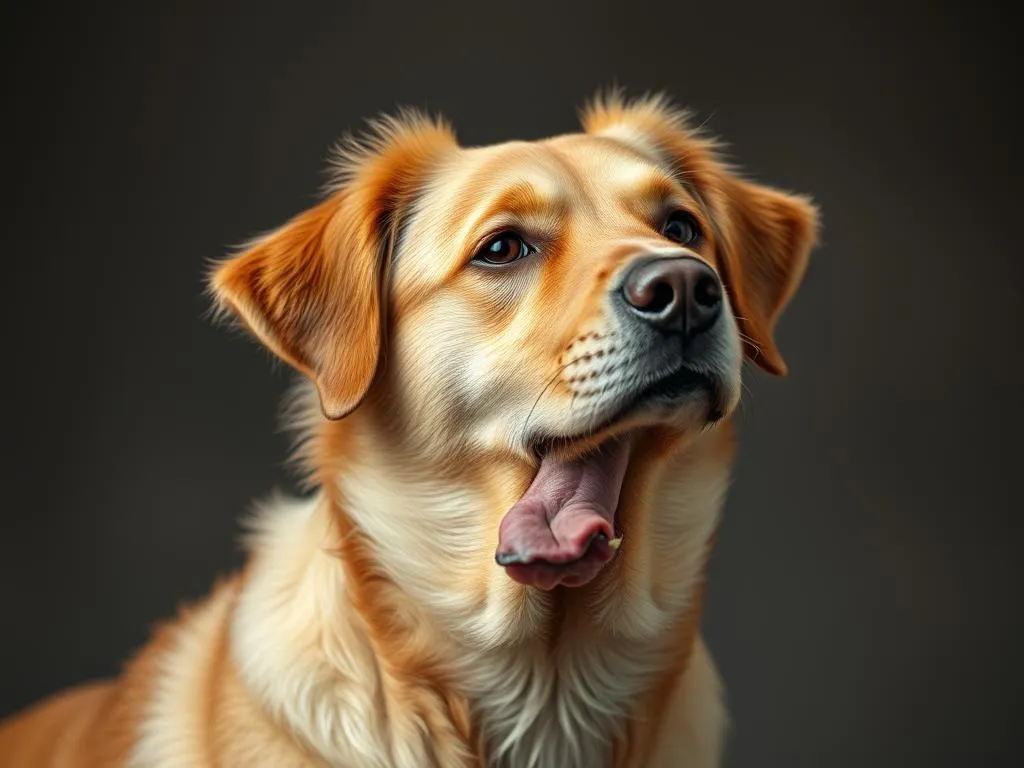
Understanding how to convert human years to dog years is a vital concept for dog owners. The age of our furry friends can often be confusing, and this conversion plays a crucial role in how we perceive their health and well-being. Many pet owners wonder, how old is 8 in dog years? This article will delve into the nuances of dog aging, helping to clarify this common question and providing valuable insights into caring for aging dogs.
Understanding Dog Years
The Basics of Dog Age Calculation
For many years, the traditional rule of thumb has been that one human year is equivalent to seven dog years. However, this simple calculation doesn’t accurately reflect the aging process of dogs. The reality is that dogs age at varying rates depending on their breed and size. For example, a small breed dog may mature faster in its early years but then age more slowly compared to larger breeds.
Factors Influencing Dog Aging
Several factors influence how dogs age:
- Size and Breed Differences: Generally, smaller dog breeds tend to live longer than larger breeds. For instance, a Chihuahua may live up to 15 years, while a Great Dane might only reach 7-10 years.
- Health Considerations: Genetics, lifestyle, and nutrition also play significant roles in a dog’s lifespan and health as they age. Regular veterinary check-ups can help monitor these factors.
Accurate Calculations for Dog Years
The Modern Formula
Recent studies have led to a more accurate way of calculating dog years. The modern formula takes into account the rapid aging process in the first two years of a dog’s life and then slows down significantly afterward:
- First Year: 15 human years
- Second Year: 9 human years
- Each Subsequent Year: Approximately 5 human years for small to medium breeds, and 6-8 for larger breeds.
Calculating 8 Dog Years
To determine how old 8 dog years is in human years, we can break it down step-by-step:
- Year 1: 15 human years
- Year 2: 9 human years
- Years 3-8: 5 human years each (for a medium-sized dog)
So, the calculation would look like this:
- 15 (for Year 1)
-
- 9 (for Year 2)
-
- 5 * 6 (for Years 3-8)
- = 15 + 9 + 30 = 54 human years for a medium-sized dog.
Thus, 8 dog years equals approximately 54 human years for a medium-sized dog. For smaller or larger breeds, the numbers can vary slightly.
Age Comparison by Breed
Small Breeds
Small dog breeds, such as Chihuahuas and Dachshunds, typically have longer lifespans. Here are a few examples:
- Chihuahua: Average lifespan of 15-20 years
- Pomeranian: Average lifespan of 12-16 years
For an 8-year-old Chihuahua, the calculation would be:
- Year 1: 15 human years
- Year 2: 9 human years
- Years 3-8: 5 human years each
This totals to approximately 54 human years.
Medium Breeds
Medium breeds, like Beagles and Cocker Spaniels, generally live around 10-15 years.
- Beagle: Average lifespan of 12-15 years
- Cocker Spaniel: Average lifespan of 12-15 years
For an 8-year-old Beagle, the calculation would remain the same:
- Total: 54 human years.
Large Breeds
Large breeds age faster and have shorter lifespans. Examples include:
- Labrador Retriever: Average lifespan of 10-12 years
- German Shepherd: Average lifespan of 9-13 years
For an 8-year-old Labrador Retriever:
- Total: Approximately 62 human years (using 6 human years for subsequent years).
Giant Breeds
Giant breeds, such as Great Danes and Mastiffs, face even more significant health concerns due to their size. Their average lifespans are often between 6-10 years.
- Great Dane: Average lifespan of 7-10 years
- Mastiff: Average lifespan of 6-10 years
For an 8-year-old Great Dane, the calculation would yield:
- Total: Approximately 74 human years.
The Implications of Aging in Dogs
Health Considerations
As dogs age, they become susceptible to various health issues. Common conditions include:
- Arthritis
- Dental Disease
- Heart Problems
- Obesity
Regular veterinary check-ups are crucial to catch these problems early and provide preventive care.
Changes in Behavior
Aging dogs may exhibit various behavioral changes, such as:
- Increased anxiety or confusion
- Changes in sleeping patterns
- Reduced energy levels
Understanding these changes can help owners adapt their care routines to suit their dog’s needs better.
End-of-Life Care
Caring for senior dogs involves both emotional and physical aspects. Owners must consider:
- Quality of life assessments
- Palliative care options
- Making compassionate end-of-life decisions
Having open discussions with veterinarians can help guide these difficult choices.
Tips for Caring for Aging Dogs
Diet and Nutrition
A balanced diet is essential for senior dogs. Nutritional needs change as dogs age, so consider the following:
- Lower calorie diets: To maintain a healthy weight.
- Joint supplements: Such as glucosamine and omega-3 fatty acids.
Consultation with a vet can help determine the best dietary options for your aging dog.
Exercise and Activity
Maintaining an active lifestyle is crucial for older dogs, but the type of exercise should be adjusted:
- Shorter walks: More frequent, rather than long distances.
- Gentle activities: Swimming or light play can be beneficial.
Mental Stimulation
Keeping aging dogs mentally engaged is just as important as physical activity. Here are a few ideas:
- Puzzle toys: To stimulate their minds.
- Training sessions: Short and fun to reinforce good behavior.
Social interaction is also vital; consider arranging playdates with other dogs.
Conclusion
Understanding how to convert dog years to human years, particularly with the question of how old is 8 in dog years, is essential for providing the best care for our furry companions. By recognizing the unique needs of aging dogs, owners can ensure that their pets remain healthy and happy in their later years.
Every dog deserves a loving and informed owner, so sharing experiences and knowledge can foster a community of supportive pet lovers. Remember, the bond you share with your dog is priceless, and understanding their aging process will help you cherish every moment together.









